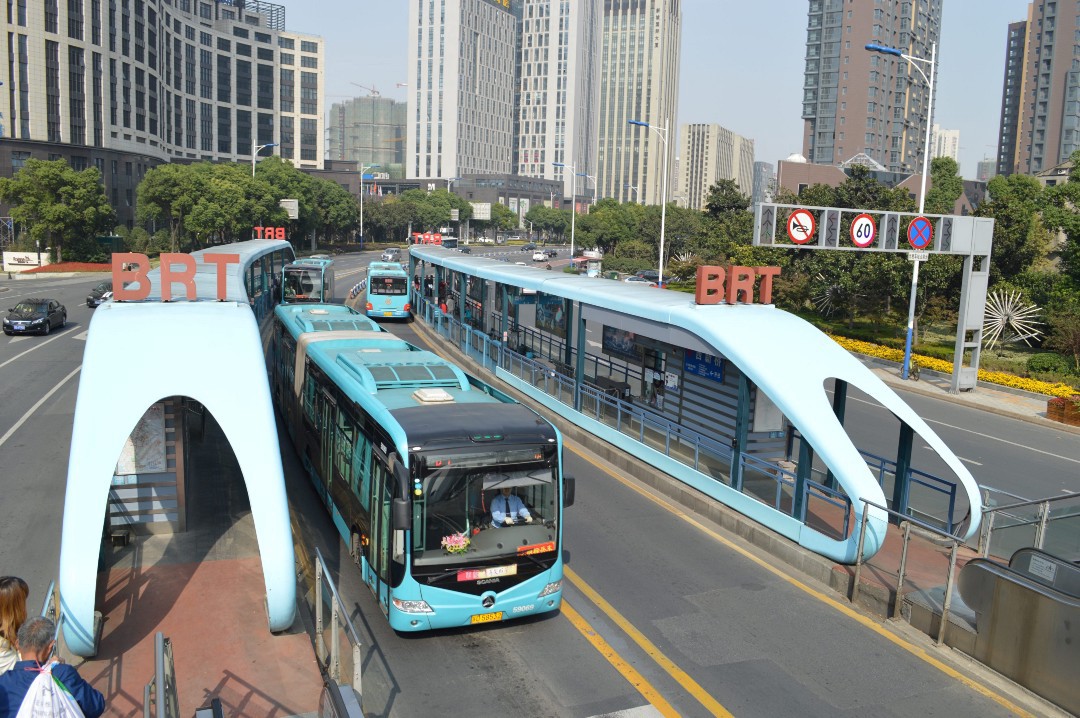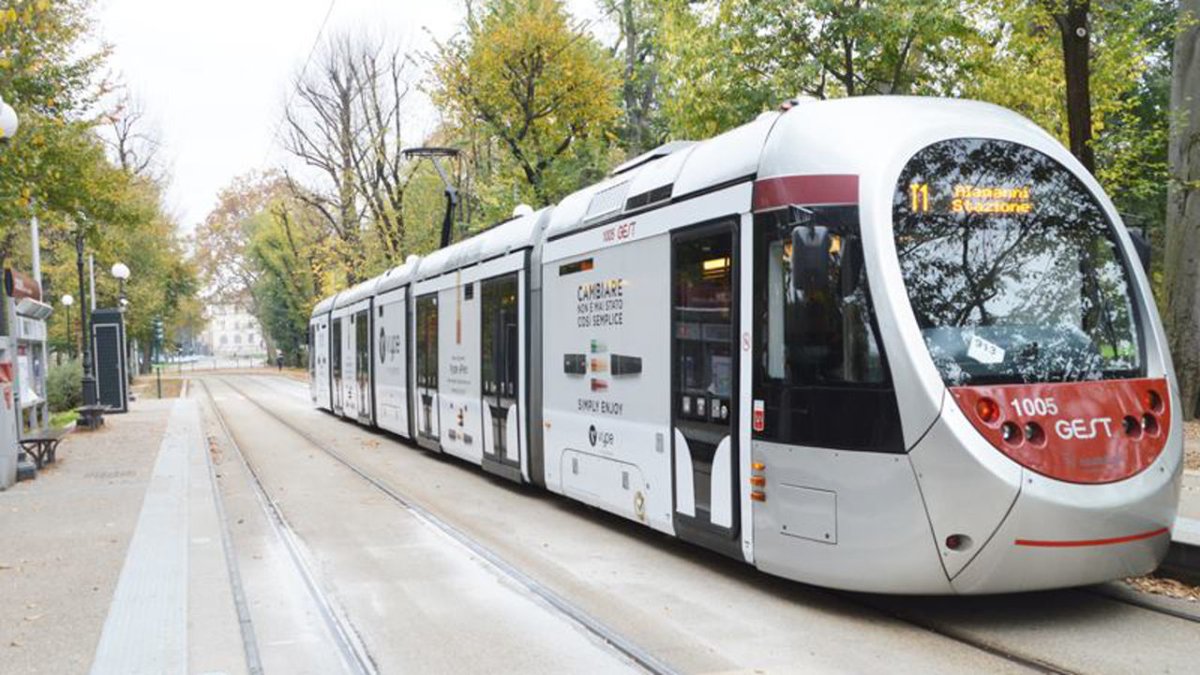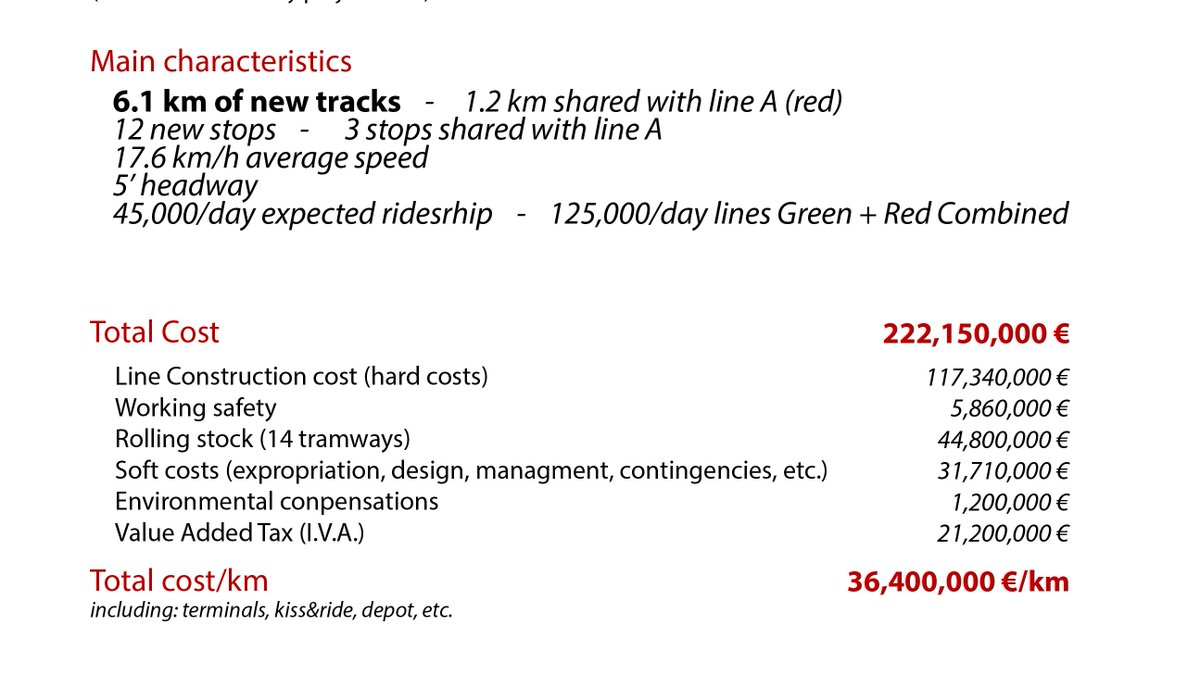
One of Bari's suburban rails owned by FSE (Ferrovie del Sud-Est) has been finally completely wired and provided with SCMT (Positive Train Control). The new timetable is now a perfect 30 minutes clockface, albeit limited to a 5AM-9:30PM operation. It's a single track line 



We tend to overlook Puglia in the national transit discourse, but it's probably the only southern region outside Campania that has a decent transit network, an urban form conducive for transit (dense, compact towns) and actually invested in more service, not only new infra
The result is that Puglia is the only southern region that has seen a steady ridership increase in its local rail network: from 108k/day in 2011 to 150k/day in 2019 (+40%) while Sicily, a much larger region, is stuck at 45k/day and Campania plummeted by 44%, losing 200k/day 

The FSE standard gauge network, recently merged with FS, is going to be progressively electrified in the coming years, to provide better service also to the Salento, an awesome region and a touristic hotspot. 

Not everything is OK and there is a lot of room for improvements: many lines still have not enough frequency, like the scandalous 40 min headway on the FM1 urban rail to San Paolo, and trains are often too slow. But the region seems committed to improve the service gradually.
• • •
Missing some Tweet in this thread? You can try to
force a refresh
























